Spiritual connections: Wilmotte & Associés creates a Russian religious centre in Paris
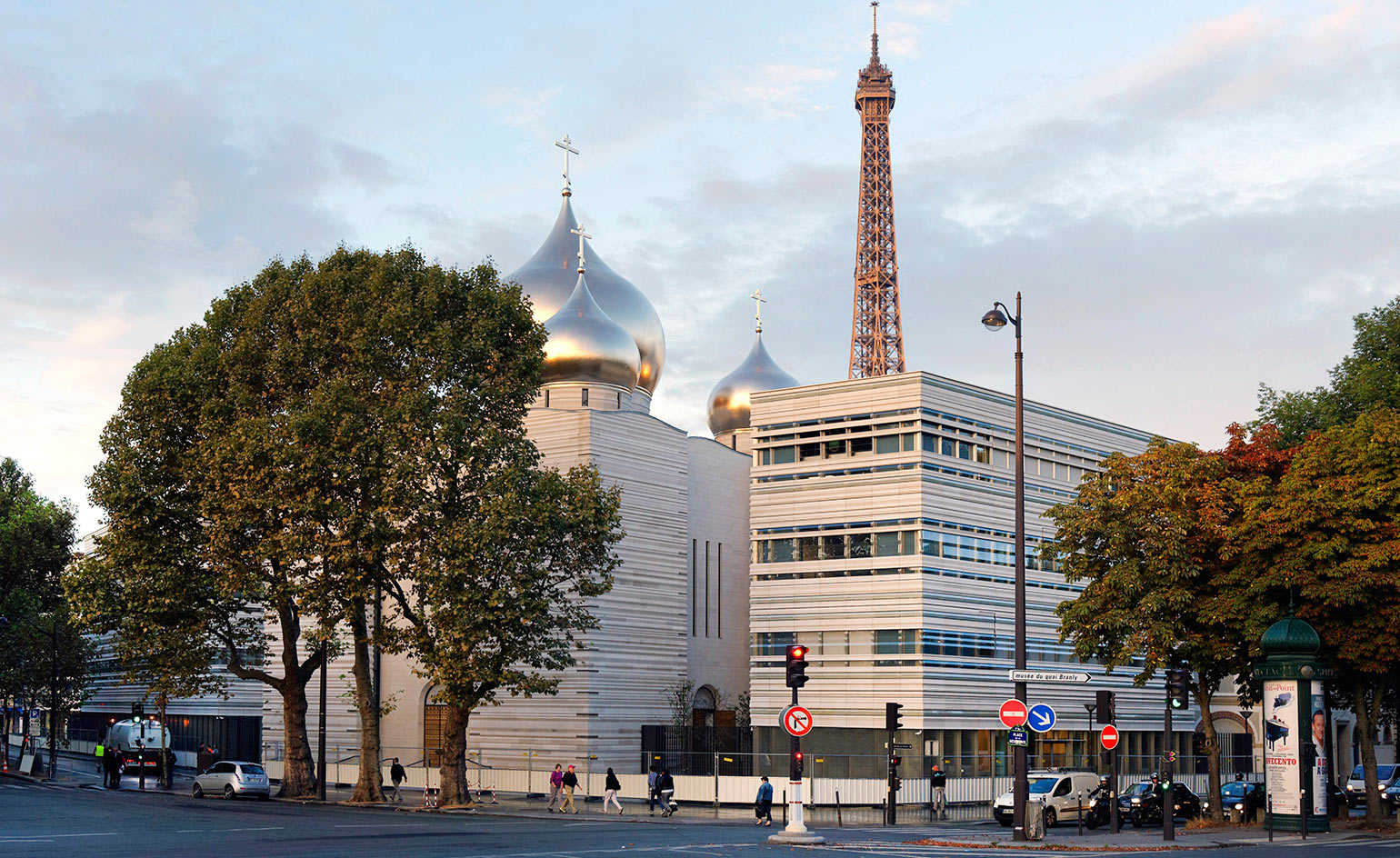
'It's not every day that Paris acquires a new cathedral, a new library, a new auditorium and a new bilingual school,' said Paris' mayor Anne Hidalgo at the recent inauguration ceremony of the city's Russian Orthodox Spiritual and Cultural Centre.
The monument is located on a highly sensitive UNESCO site in central Paris, steps away from the Eiffel Tower, the banks of the Seine and the Quai Branly-Jacques Chirac museum. 'The silhouette of Paris has been redrawn,' says its architect, Jean-Michel Wilmotte.
In designing the new centre, he had three principles: to respect the canons of the Russian Orthodox Church, to incorporate the centre seamlessly into a densely-built Parisian neighbourhood and to create a contemporary building inspired by medieval Orthodox churches, characterised by their sobriety.
'There was no question of creating a caricature,' said Wilmotte. 'It is essentially an urban project, one that prolongs Avenue Rapp across to the Seine, and reveals the [listed] Palais de l'Alma, previously hidden from sight behind the old Méteo France [national meteorological] building.'
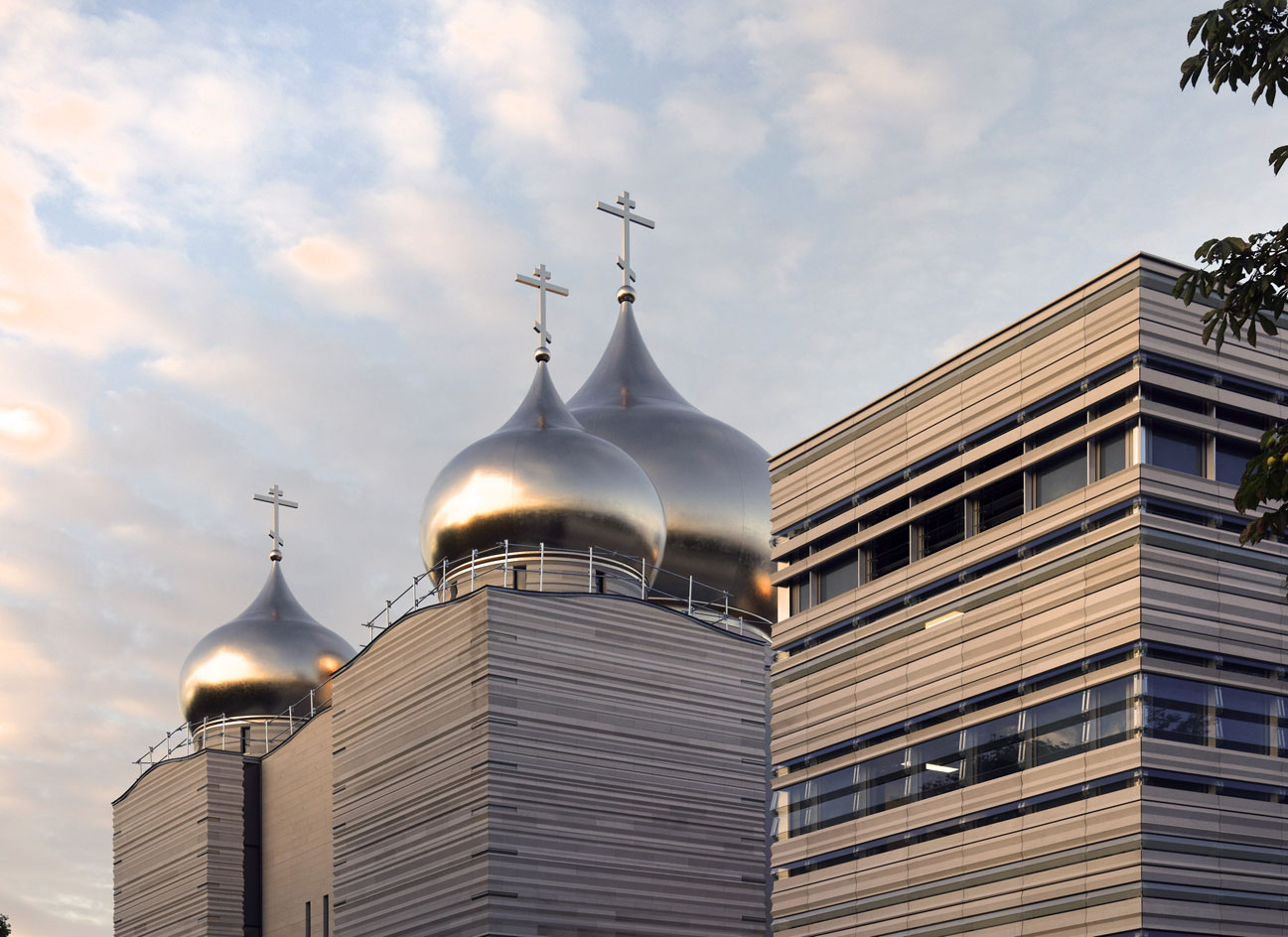
The gold-coloured domes of the Russian Orthodox Spiritual and Cultural Centre are a technological and artistic tour de force.
These newly open grounds are landscaped by Louis Benech with Russian species, including Mongolian linden trees, red and yellow Siberian apple trees and, in front of the Cathedral, Tartarian maples.
The centre’s minimalist volumes are orchestrated horizontally in cream-coloured Massangis stone from Burgundy, the same used for the steps of the neighbouring Eiffel Tower, the Jena Bridge and the Musée National d'Art Moderne, delicately blending it into its surroundings. The four buildings that comprise the complex are clad in 12,000 stone modules, constituting dynamically faceted facades that play with light and shadow.
The centre's focal point is the Sainte-Trinité Orthodox Cathedral with its crowning glory, five gold onion domes representing Christ and the four evangelists, Matthew, Mark, Luke and John. Wilmotte designed these in collaboration with the Patriarch of Moscow.
The gold-coloured domes are a technological and artistic tour de force. Wilmotte insisted that they be completely smooth, rather than faceted, as is their usual means of production. It was decided to use composite materials more common to the aeronautical and naval industries. Multiplast, a company in Vannes that specialises in producing catamarans and the world's first solar powered airplane, fabricated the domes, a world first in building construction.
Not only are they perfectly round, but this technique also makes them considerably lighter. The central dome is 11m in diameter and weighs 8.2 tonnes, as opposed to the 42 tonnes it would have weighed if traditionally produced; the smaller ones are 5.8m in diameter and weigh just 2 tonnes. It took 90,000 leaves of 24 carat gold to cover them in a process that lasted three months.
With the building permit secured, the work was completed in just three years. 'The quality of work has been exceptional throughout. It is, it can be said, a work of art,' concludes Wilmotte. 'Everyone involved can be very proud.'

The monument is located on a central Paris UNESCO site, a fact the architects took into account when choosing the design and materials.
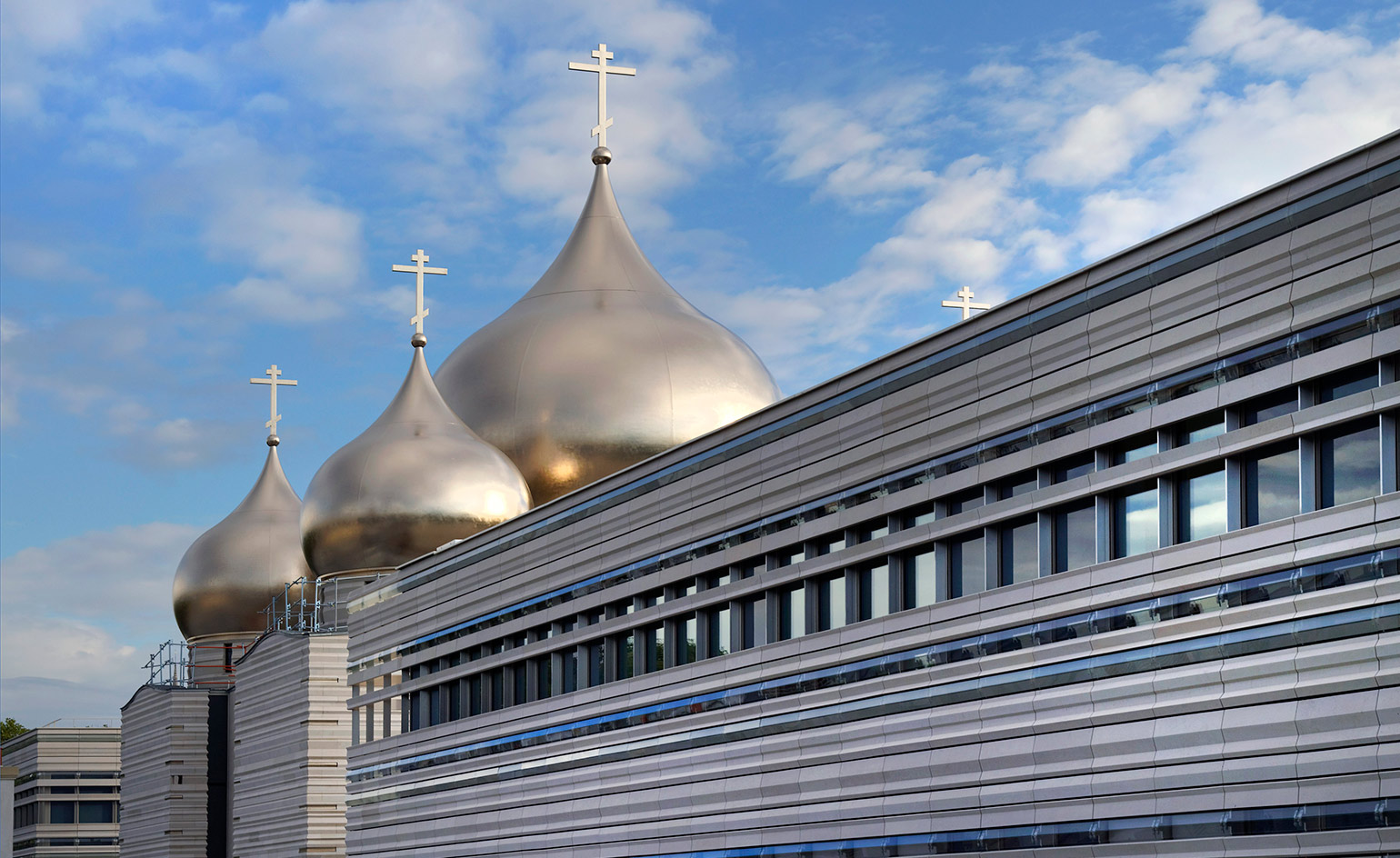
The centre’s volumes are clad in cream-coloured Massangis stone from Burgundy, the same used for the steps of the neighbouring Eiffel Tower, the Jena Bridge and the Musée National d'Art Moderne.

Meanwhile, the five onion-shaped domes are covered in 90,000 leaves of 24 carat gold.
INFORMATION
For more information, visit the Wilmotte & Associés website
ADDRESS
Russian Orthodox Spiritual and Cultural Centre
2 avenue Rapp
1-5 Quai Branly and 192 rue de l’Université
Paris 75007
Receive our daily digest of inspiration, escapism and design stories from around the world direct to your inbox.
-
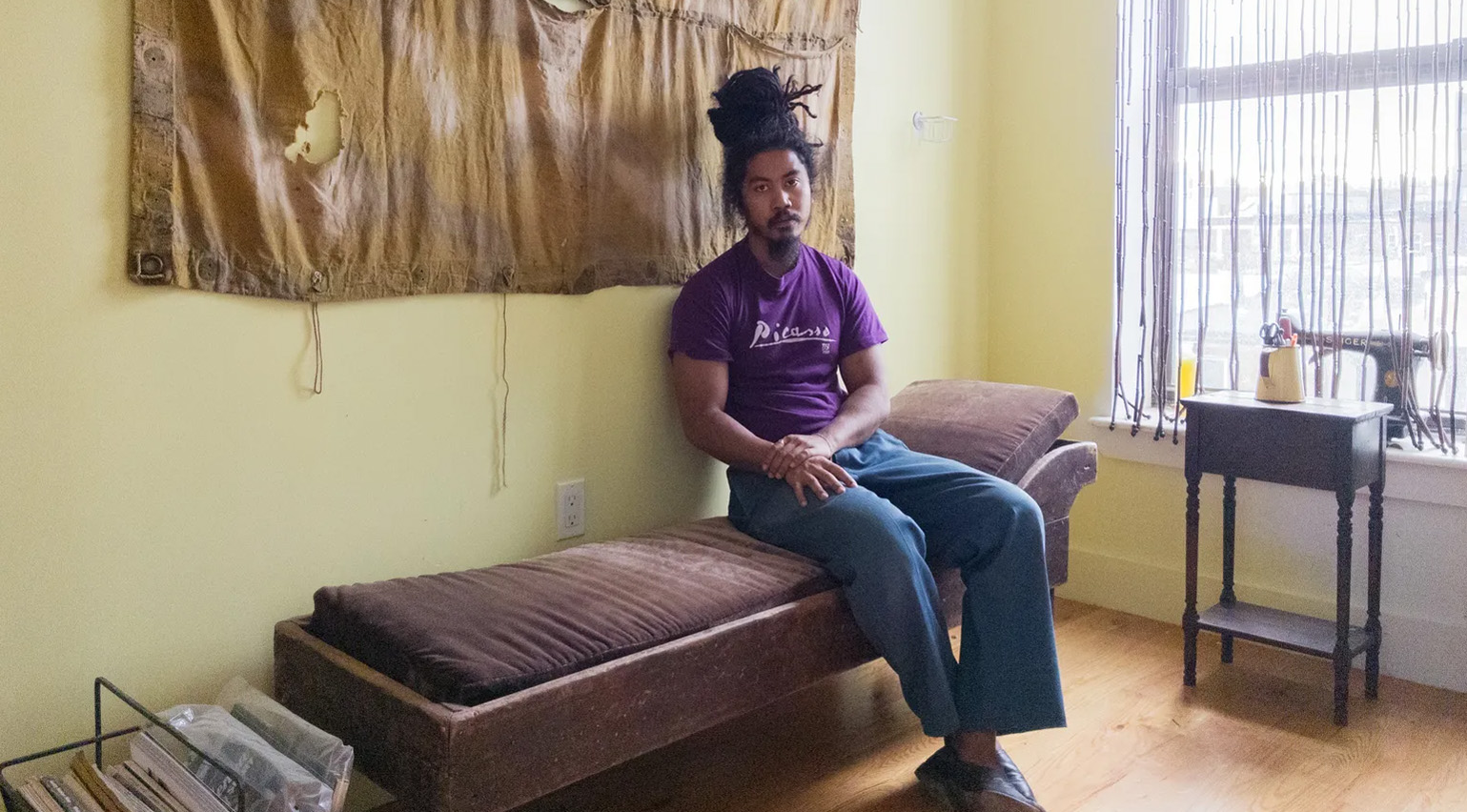 The rising style stars of 2026: Connor McKnight is creating a wardrobe of quiet beauty
The rising style stars of 2026: Connor McKnight is creating a wardrobe of quiet beautyAs part of the January 2026 Next Generation issue of Wallpaper*, we meet fashion’s next generation. Terming his aesthetic the ‘Black mundane’, Brooklyn-based designer Connor McKnight is elevating the everyday
-
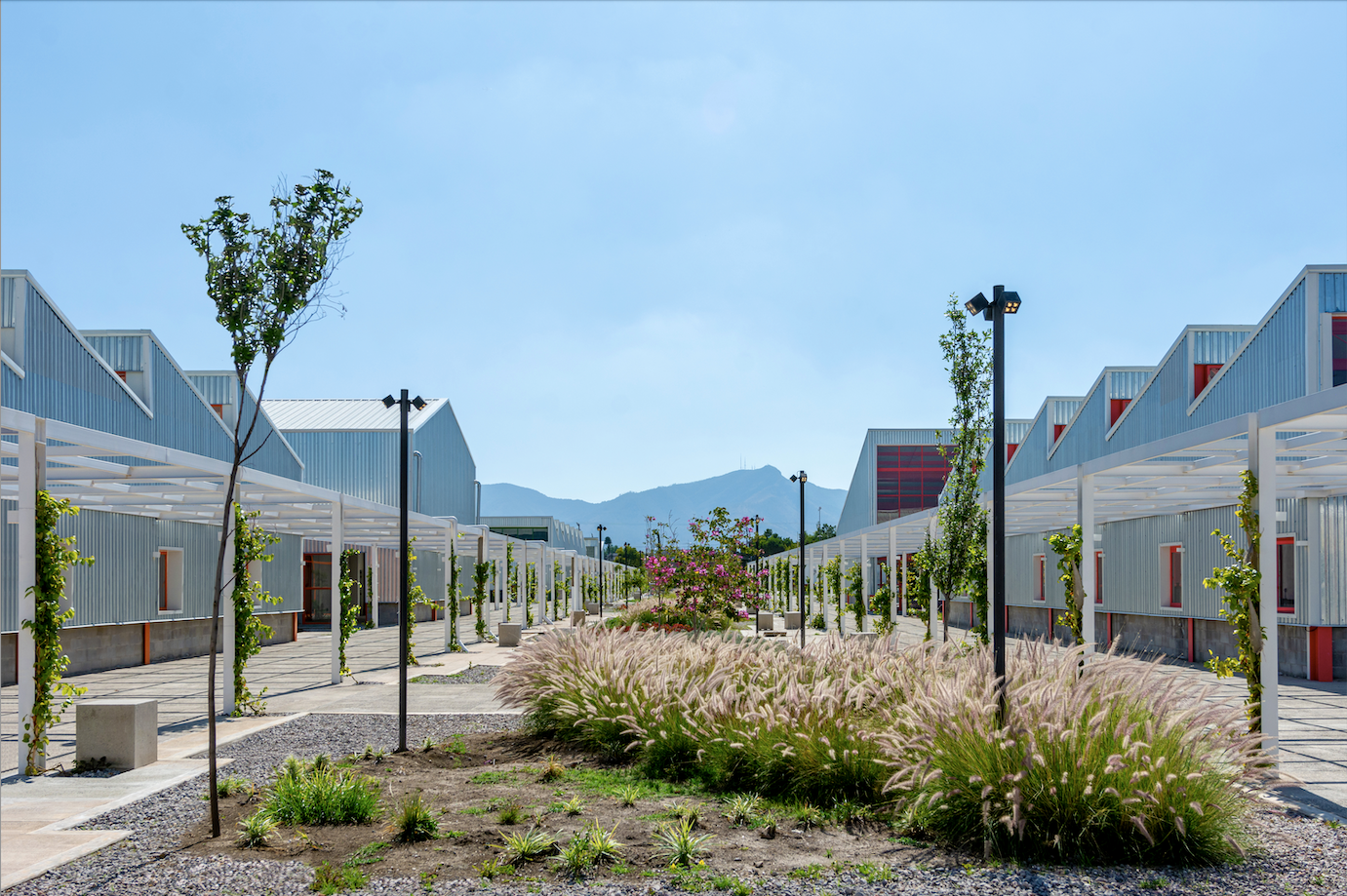 Mexico's Office of Urban Resilience creates projects that cities can learn from
Mexico's Office of Urban Resilience creates projects that cities can learn fromAt Office of Urban Resilience, the team believes that ‘architecture should be more than designing objects. It can be a tool for generating knowledge’
-
 ‘I want to bring anxiety to the surface': Shannon Cartier Lucy on her unsettling works
‘I want to bring anxiety to the surface': Shannon Cartier Lucy on her unsettling worksIn an exhibition at Soft Opening, London, Shannon Cartier Lucy revisits childhood memories
-
 This modernist home, designed by a disciple of Le Corbusier, is on the market
This modernist home, designed by a disciple of Le Corbusier, is on the marketAndré Wogenscky was a long-time collaborator and chief assistant of Le Corbusier; he built this home, a case study for post-war modernism, in 1957
-
 ‘You have to be courageous and experimental’: inside Fondation Cartier’s new home
‘You have to be courageous and experimental’: inside Fondation Cartier’s new homeFondation Cartier pour l'art contemporain in Paris invites us into its new home, a movable feast expertly designed by Jean Nouvel
-
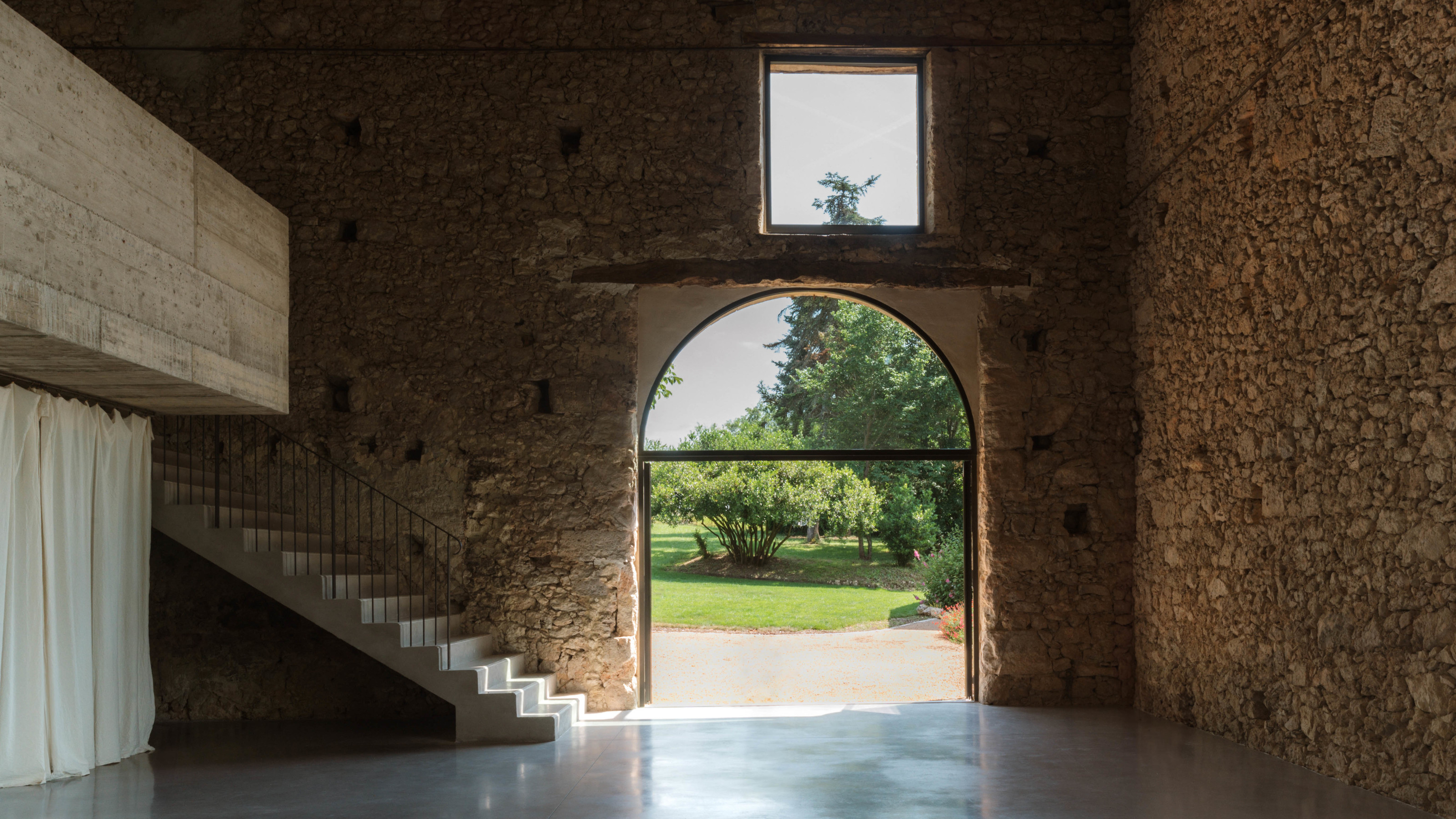 A wellness retreat in south-west France blends rural charm with contemporary concrete
A wellness retreat in south-west France blends rural charm with contemporary concreteBindloss Dawes has completed the Amassa Retreat in Gascony, restoring and upgrading an ancient barn with sensitive modern updates to create a serene yoga studio
-
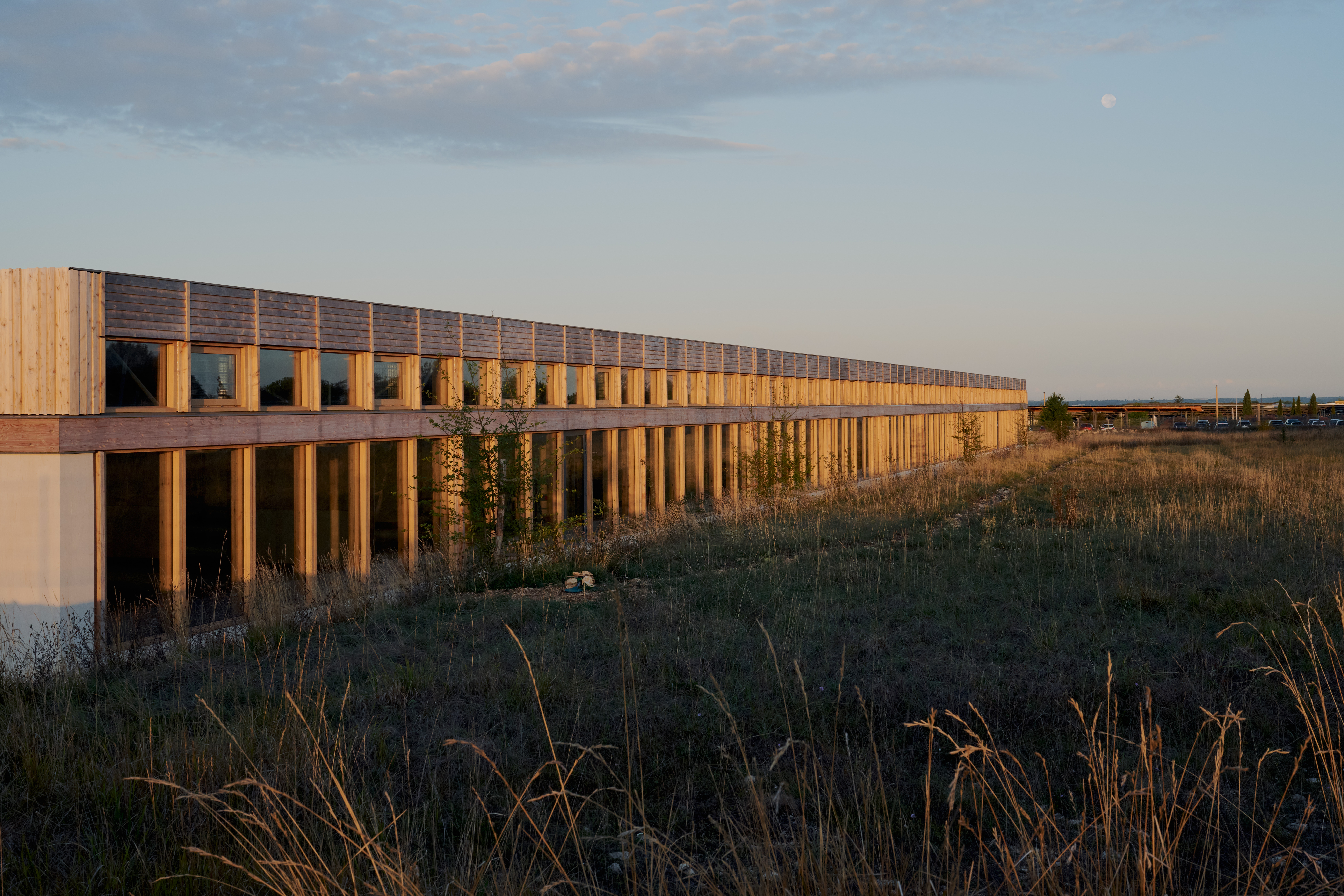 Explore the new Hermès workshop, a building designed for 'things that are not to be rushed'
Explore the new Hermès workshop, a building designed for 'things that are not to be rushed'In France, a new Hermès workshop for leather goods in the hamlet of L'Isle-d'Espagnac was conceived for taking things slow, flying the flag for the brand's craft-based approach
-
 ‘Landscape architecture is the queen of science’: Emanuele Coccia in conversation with Bas Smets
‘Landscape architecture is the queen of science’: Emanuele Coccia in conversation with Bas SmetsItalian philosopher Emanuele Coccia meets Belgian landscape architect Bas Smets to discuss nature, cities and ‘biospheric thinking’
-
 An apartment is for sale within Cité Radieuse, Le Corbusier’s iconic brutalist landmark
An apartment is for sale within Cité Radieuse, Le Corbusier’s iconic brutalist landmarkOnce a radical experiment in urban living, Cité Radieuse remains a beacon of brutalist architecture. Now, a coveted duplex within its walls has come on the market
-
 This tiny church in Denmark is a fresh take on sacred space
This tiny church in Denmark is a fresh take on sacred spaceTiny Church Tolvkanten by Julius Nielsen and Dinesen unifies tradition with modernity in its raw and simple design, demonstrating how the church can remain relevant today
-
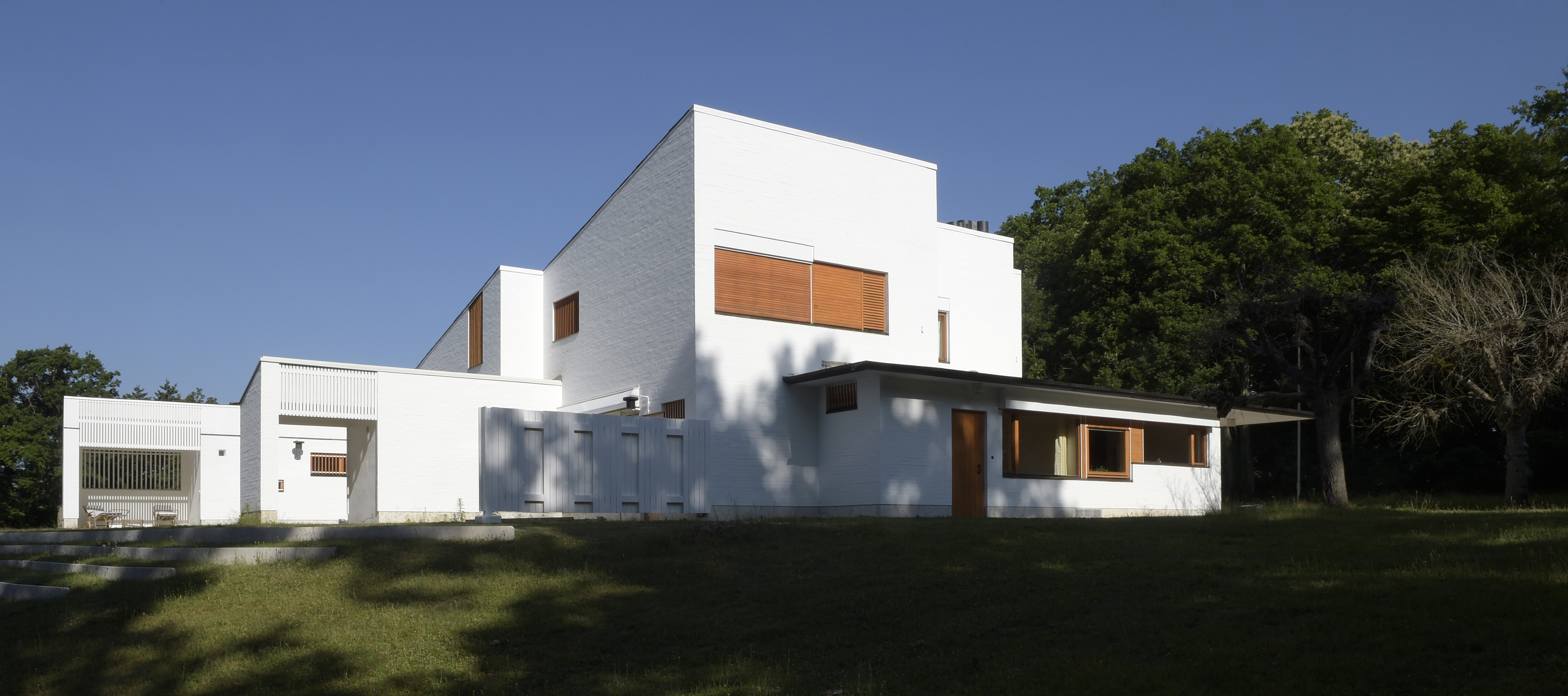 Maison Louis Carré, the only Alvar Aalto house in France, reopens after restoration
Maison Louis Carré, the only Alvar Aalto house in France, reopens after restorationDesigned by the modernist architect in the 1950s as the home of art dealer Louis Carré, the newly restored property is now open to visit again – take our tour